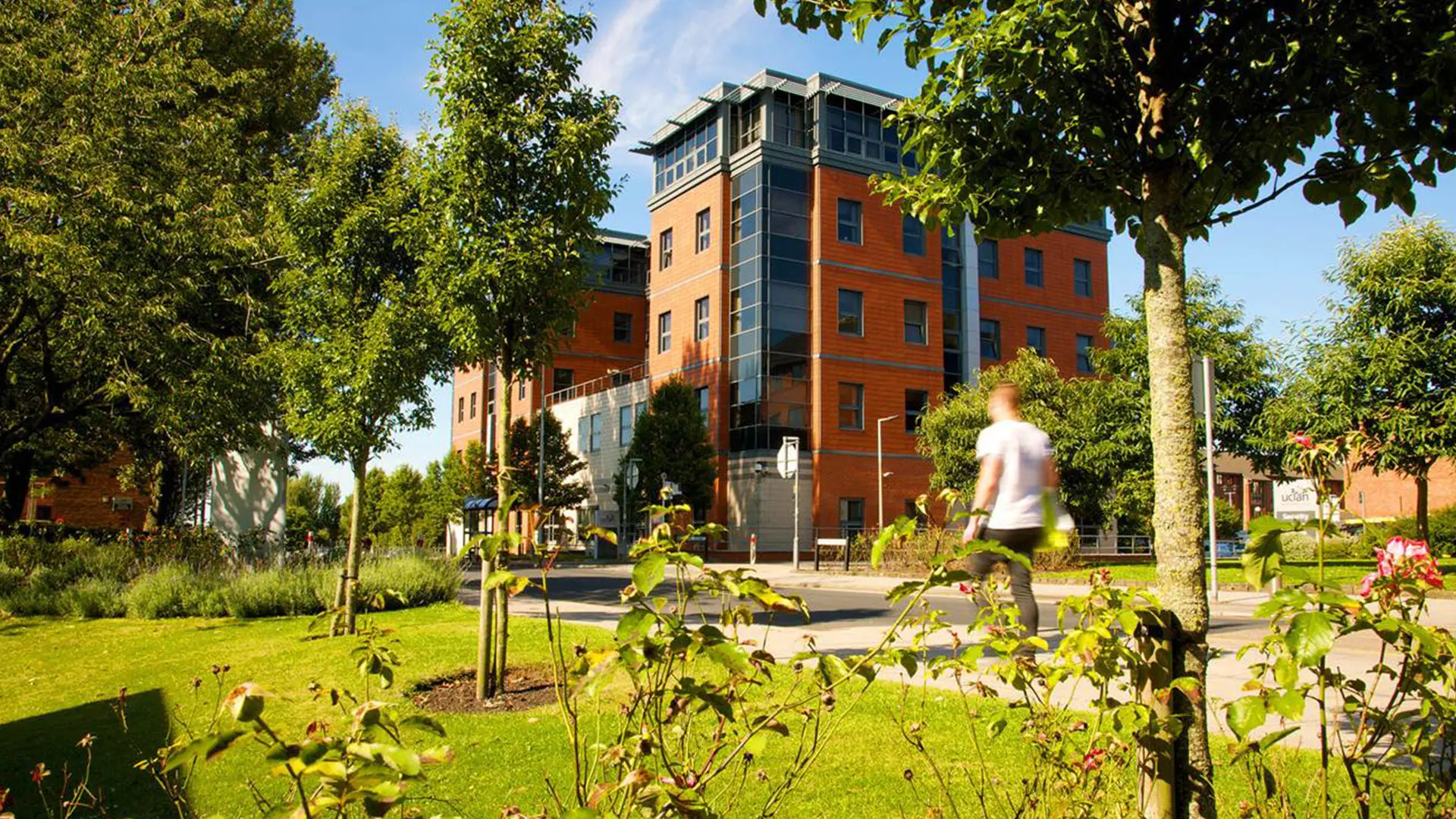Leisure participation after stroke
In the UK, over 1.2 million people are living with the consequences of a stroke. Around two-thirds of people who have experienced a stroke report being unable to fully return to the leisure activities that they enjoyed before their stroke.

Aims
This programme of research aims to:
- understand the barriers and enablers of participating in leisure activities following stroke
- develop a complex intervention to enable stroke survivors to participate in valued leisure activities
The study looked at how participation in leisure changes for people who have experienced a stroke. We invited people to take part in the study while they were in hospital or attending their first TIA (transient ischaemic attack) clinic appointment.
People who agreed to participate were asked to complete two questionnaires, one at baseline and then a second questionnaire 6 months after their TIA/stroke. The Shortened Nottingham Leisure Questionnaire was the primary measure for the study. The follow-up questionnaire also included open-text questions asking about barriers and enablers when returning to, or participating in, leisure activity.
The study recruited 3295 eligible participants and 2000 participants returned follow-up questionnaires. Three groups experienced a greater reduction in activities than others, these were older participants, female participants, and those living in a low socioeconomic area.
Six ‘barrier’ themes were identified: physical difficulties, lower energy levels, loss of independence, psychological difficulties, hidden disabilities, and delay or lack of healthcare provision. Six ‘facilitator’ themes were also identified: family support, healthcare support, well-being and fitness, friendship support, self-management, and returning to normality.
The STROLLERS project contact is Professor Dame Caroline Watkins
Further information about this study is available in the following publications:
Reeves MJ, Thetford C, McMahon N, Forshaw D, Brown C, Joshi M, Watkins C. Life and Leisure Activities following Stroke or Transient Ischaemic Attack (TIA): An Observational, Multi-Centre, 6-Month Follow-Up Study. International journal of environmental research and public health. 2022;19(21). doi:10.3390/ijerph192113848
Harrison J, Thetford C, Reeves MJ, Brown C, Joshi M, Watkins C. Returning to Leisure Activity Post-Stroke: Barriers and Facilitators to Engagement. International journal of environmental research and public health. 2022;19(21):14587. doi:10.3390/ijerph192114587
The overall aim of this project is to develop a complex intervention to enable stroke survivors to participate in valued leisure activities through the following workstreams:
- A scoping review of current post-stroke leisure interventions and outcomes
- A consultation event with key stakeholders to explore context for this work
- Co-development of a complex intervention to increase leisure participation following stroke
- Feasibility testing of the co-developed leisure intervention
The PARALLEL project contact is Dr Kathryn Jarvis
NIHR Senior Investigator Award
NIHR North West Coast Applied Research Collaboration
2018 - ongoing
